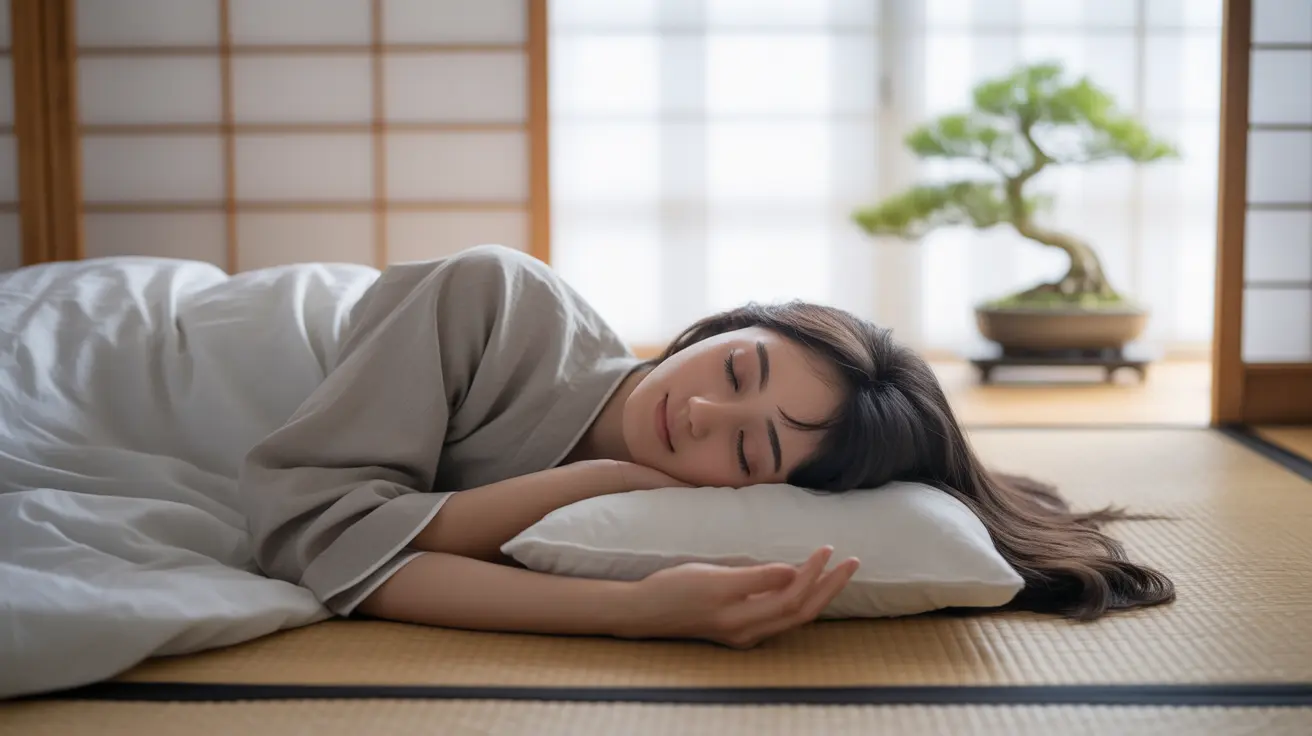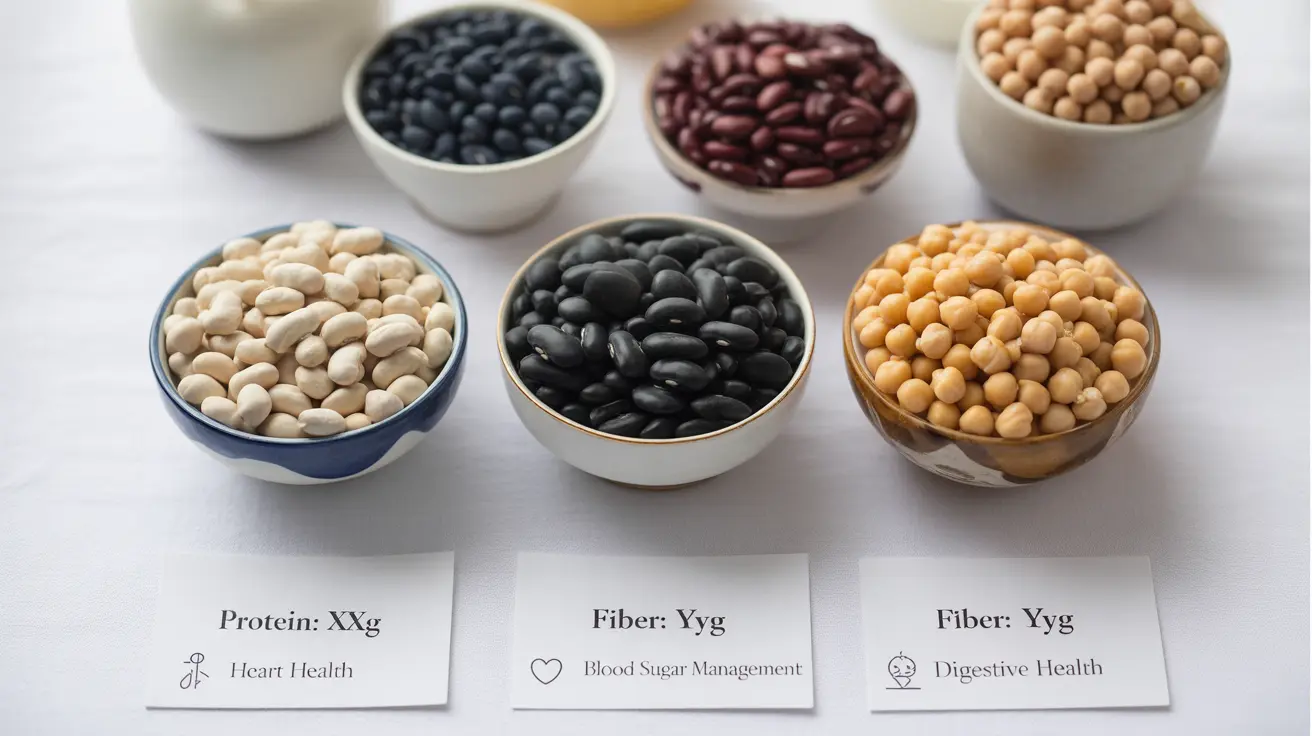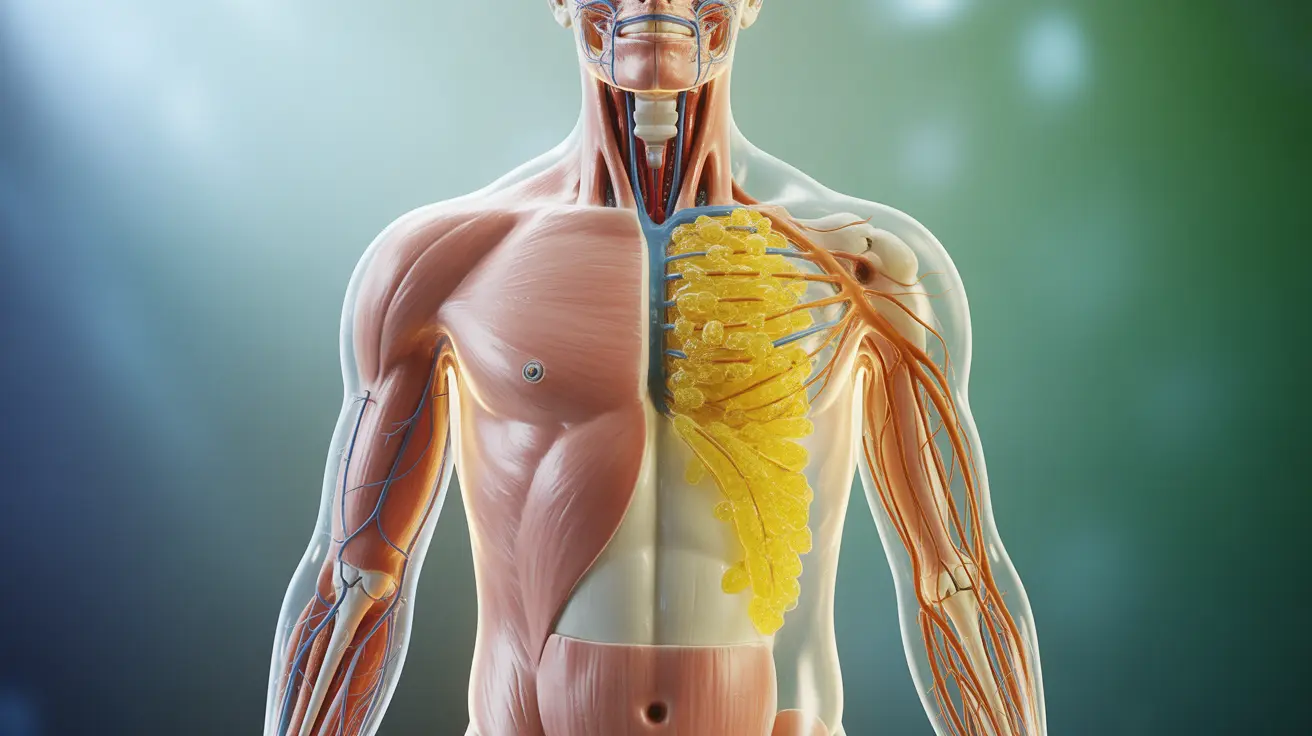In a world where people spend thousands of dollars on elaborate mattress systems, a growing number of sleep-conscious individuals are discovering the surprising benefits of sleeping closer to the ground. The shikibuton, a traditional Japanese floor mattress, has gained attention as a minimalist sleep solution that may offer significant advantages for spinal health, sleep quality, and overall well-being.
This thin, firm mattress represents centuries of Japanese sleeping wisdom, emphasizing simplicity and support over cushioning and complexity. As more people seek alternatives to conventional Western bedding, understanding the potential benefits and limitations of a shikibuton becomes increasingly relevant for those considering this traditional approach to sleep.
Understanding the Shikibuton: Traditional Japanese Sleep Philosophy
A shikibuton is fundamentally different from conventional Western mattresses. Typically measuring 2-4 inches thick, these cotton-filled mattresses are designed to be placed directly on the floor or on a traditional tatami mat. The Japanese sleep philosophy behind the shikibuton emphasizes firm support rather than soft cushioning, believing that proper spinal alignment comes from sleeping on a surface that doesn't allow the body to sink in excessively.
The construction of a traditional shikibuton involves layers of cotton batting encased in a removable, washable cover. This simple design allows for easy maintenance and storage, as the mattress can be folded and put away during the day, maximizing living space in traditionally smaller Japanese homes.
Spinal Alignment and Back Pain Relief Benefits
One of the most significant advantages of sleeping on a shikibuton relates to spinal health. The firm surface prevents the spine from curving unnaturally during sleep, which can occur with softer mattresses that allow certain body parts to sink more deeply than others. This consistent support helps maintain the spine's natural curves throughout the night.
For individuals suffering from lower back pain, the firm support of a shikibuton can provide relief by eliminating pressure points that develop when the hips sink too deeply into a soft mattress. The even distribution of body weight across the firm surface helps reduce strain on the lumbar region and may lead to decreased morning stiffness and pain.
Additionally, sleeping on a firmer surface can help strengthen core muscles over time, as the body must engage these stabilizing muscles more actively to maintain comfortable sleeping positions. This natural strengthening can contribute to better posture and reduced back pain during waking hours.
Sleep Quality and Circulation Improvements
The firm surface of a shikibuton can positively impact sleep quality in several ways. Without the motion transfer common in softer mattresses, partners are less likely to disturb each other during sleep. The stable surface also promotes deeper, more restorative sleep phases by reducing the number of micro-awakenings caused by sinking into or adjusting to mattress contours.
Improved circulation is another potential benefit of sleeping on a firmer surface. When the body doesn't sink into the mattress, blood flow remains less restricted throughout the night. This enhanced circulation can lead to better oxygen delivery to muscles and tissues, potentially reducing numbness, tingling, and the morning stiffness often associated with poor circulation during sleep.
The cooler sleeping surface that results from being closer to the floor can also contribute to better sleep quality. Heat naturally rises, and sleeping lower can provide a naturally cooler environment, which many people find conducive to deeper sleep.
Potential Drawbacks and Considerations
While a shikibuton offers numerous benefits, it's not suitable for everyone. Side sleepers, in particular, may find the firm surface uncomfortable, especially around the hips and shoulders where pressure points naturally develop. The lack of contouring that provides relief for these pressure points can lead to discomfort and disrupted sleep for some individuals.
The adjustment period to sleeping on a firm surface can be challenging. Many people experience increased stiffness or discomfort during the first few weeks as their bodies adapt to the new sleeping surface. This transition period requires patience and may not be ideal for those with acute pain conditions or severe mobility issues.
Durability concerns also arise with traditional cotton-filled shikibutons. Over time, the cotton batting can compress and become uneven, requiring regular maintenance or replacement. Additionally, sleeping directly on the floor increases exposure to dust, allergens, and temperature variations that may affect sensitive individuals.
Choosing the Right Shikibuton for Your Needs
Selecting an appropriate shikibuton requires careful consideration of personal sleep preferences, body type, and health needs. Traditional cotton-filled options provide the most authentic experience but may compress more quickly than modern alternatives that incorporate latex or other materials for added durability and support.
Thickness is a crucial factor to consider. While traditional shikibutons are quite thin (2-3 inches), modern versions may be thicker (up to 6 inches) to provide additional comfort for those transitioning from conventional mattresses. Heavier individuals typically benefit from thicker options that better distribute weight and provide adequate support.
The firmness level should align with your sleeping position and comfort preferences. Back sleepers generally adapt most easily to the firm surface, while side sleepers may need to look for slightly softer variations or add a thin topper for pressure point relief. Stomach sleepers often find the firm support beneficial for maintaining proper spinal alignment.
Consider starting with a high-quality option from reputable manufacturers who understand both traditional construction methods and modern sleep science. Look for certifications that ensure materials are free from harmful chemicals and allergens.
Frequently Asked Questions
What are the benefits of sleeping on a shikibuton for back pain?
Sleeping on a shikibuton can help alleviate back pain by providing firm, consistent support that maintains natural spinal alignment. The even surface prevents the spine from curving unnaturally, reduces pressure points in the lower back, and can help strengthen core muscles over time, leading to improved posture and reduced pain both during sleep and throughout the day.
Is a shikibuton better than a regular mattress for spinal alignment?
A shikibuton can be superior to softer conventional mattresses for spinal alignment because it prevents excessive sinking that can cause the spine to curve unnaturally. The firm surface maintains consistent support across all body areas, helping preserve the spine's natural curves throughout the night. However, individual needs vary, and some people may require slight modifications for optimal comfort.
Can a shikibuton help improve sleep quality and circulation?
Yes, a shikibuton can enhance sleep quality through reduced motion transfer, which minimizes partner disturbance, and by promoting deeper sleep phases. The firm surface can also improve circulation by preventing the body from sinking in ways that restrict blood flow. Additionally, sleeping closer to the floor often provides a cooler environment, which many find conducive to better sleep.
What are the drawbacks of using a shikibuton, especially for side sleepers?
Side sleepers may experience discomfort on a shikibuton due to increased pressure on hips and shoulders, where the body's curves create natural pressure points. The firm surface doesn't contour to relieve these pressure areas like softer mattresses do. Additionally, there's an adjustment period that can involve temporary stiffness, and sleeping on the floor increases exposure to dust, allergens, and temperature fluctuations.
How do you choose the right firmness and thickness for a shikibuton based on your needs?
Choose thickness based on your body weight and comfort needs - heavier individuals typically need thicker options (4-6 inches), while lighter people can use traditional thin versions (2-3 inches). Back sleepers usually adapt best to firmer surfaces, side sleepers may need slightly softer versions or additional padding, and stomach sleepers often benefit from the firm support. Consider starting with a reputable brand and possibly adding a thin topper if needed for pressure point relief.




